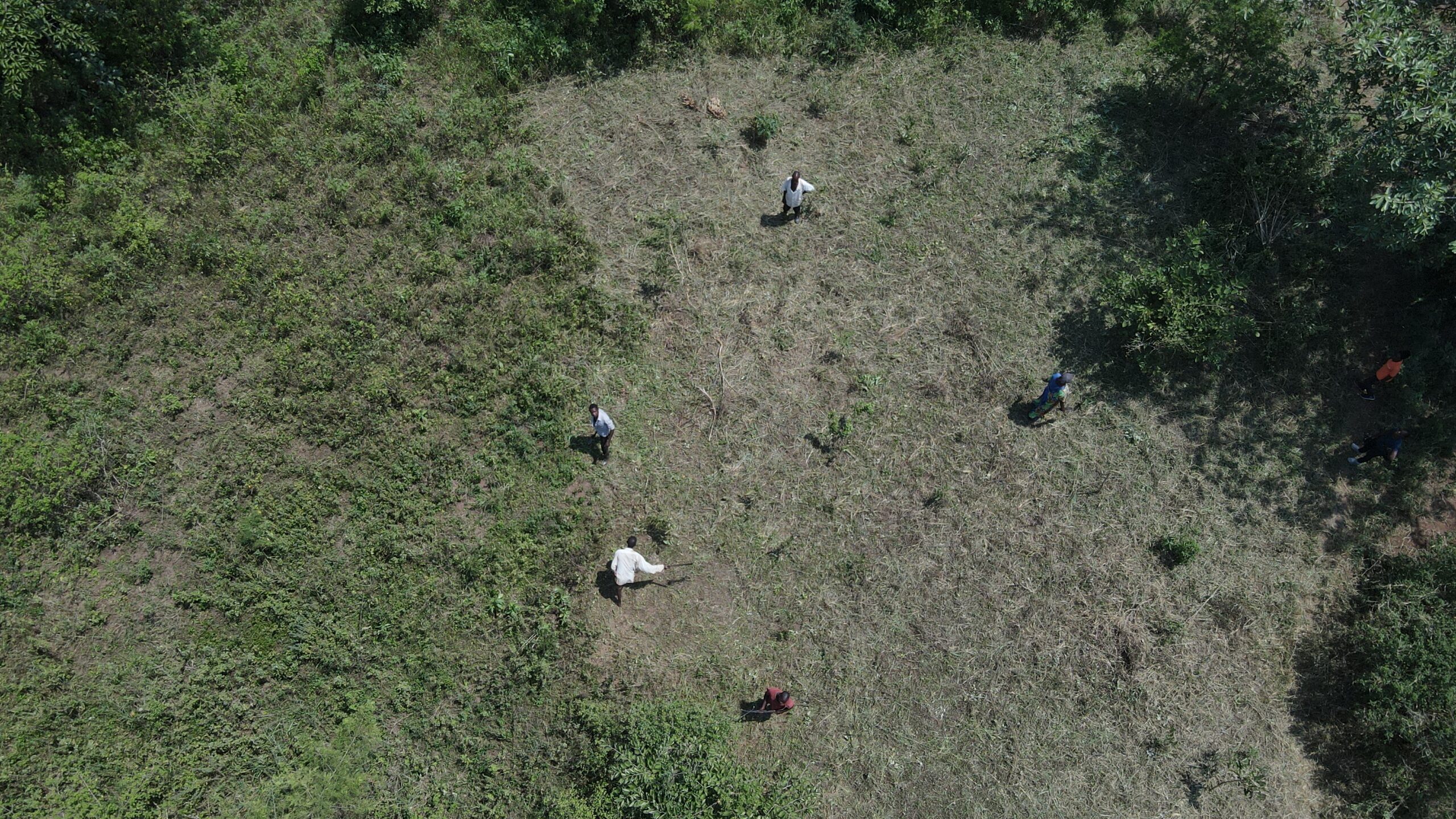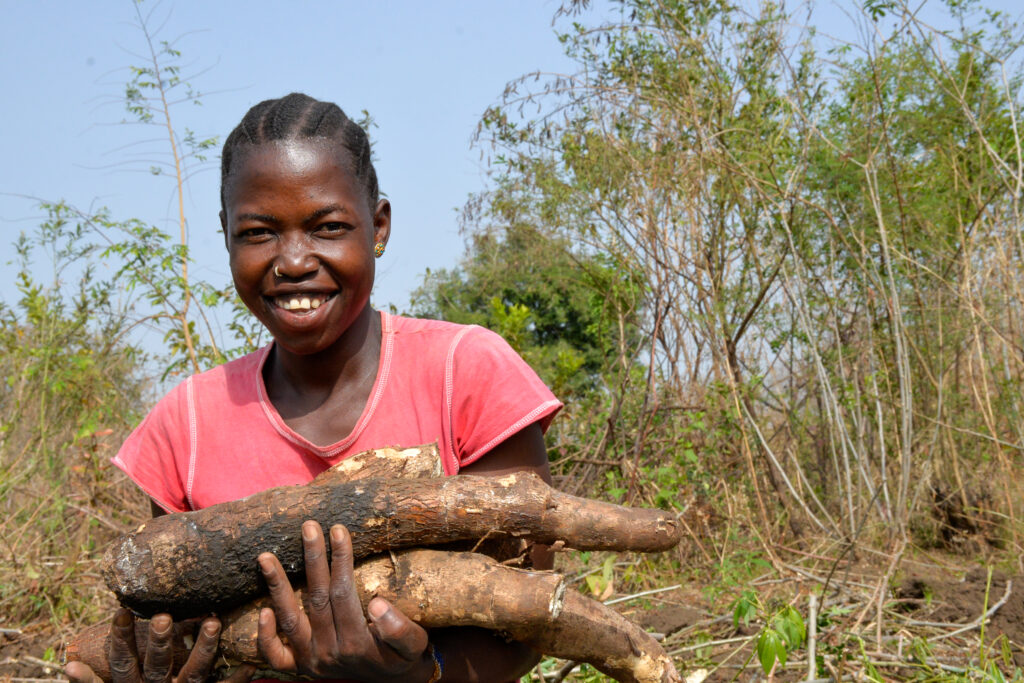Uganda
Why Uganda?
The main drivers of land degradation in Uganda include high population growth rates, expansion of farming activities, weak enforcement of environmental laws, and demand for timber, fuel wood and other forest products in local communities.
Land degradation is causing reductions in farming productivity, more intense droughts and floods, and more frequent crop pest and disease outbreaks. Increasingly, crop and livestock farmers are clashing over scarce natural resources. And many are leaving the land altogether and heading to towns and cities because making a living from farming has become too hard. The human costs are persistent food insecurity, deepening poverty and child malnutrition.
The Ugandan Government has recognised the need for urgent action and has made a number of recent national and international commitments to land regeneration. These include a pledge to restore 2.5 million hectares by 2033 through the Bonn Challenge.

According to the World Bank Uganda, approximately 41% of Uganda’s total land area is severely or highly degraded.
According to Global Forest Watch, Uganda’s forest cover declines at 2.6% annually, one of the highest rates of forest loss globally.
According to the World Bank Uganda, the rate of degradation costs about 17% of the country’s Gross Domestic Product (GDP).

Uganda FMNR Catalyst Project
The Uganda catalyst project will be implemented in all World Vision program areas in 18 districts across Uganda’s northern and eastern regions. These areas have some of the highest proportions of degraded land in the country.
573,487
hectares of land under restoration
5 years
The project will be running from June 2023 – July 2028
Project outcomes
In order to regenerate 573,487 hectares of land the project aims to address current land degradation issues in the prioritised project locations, as well as mobilise partners and communities to spread FMNR beyond these sites. By scaling FMNR in this way, communities experiencing significant challenges due to land degradation can mitigate and adapt to climate change, rapidly restore their environments, and better provide for their children. To support outcome achievement, Uganda’s existing FMNR Network, comprising 60 organisations, will be strengthened to mobilise and coordinate FMNR dissemination nationwide.
Increased organic spread and adoption of FMNR by individuals at the community level.
Strengthened enabling environment to promote FMNR scaling in Uganda.
World Vision’s direct FMNR programming reach is expanded.
Increased adoption and promotion of FMNR by external partners.
Get involved
Anyone can join the global FMNR movement by learning the technique, spreading awareness, participating in local projects, or supporting projects that directly implement FMNR to restore degraded lands and build sustainable futures for children and the communities they live in.
